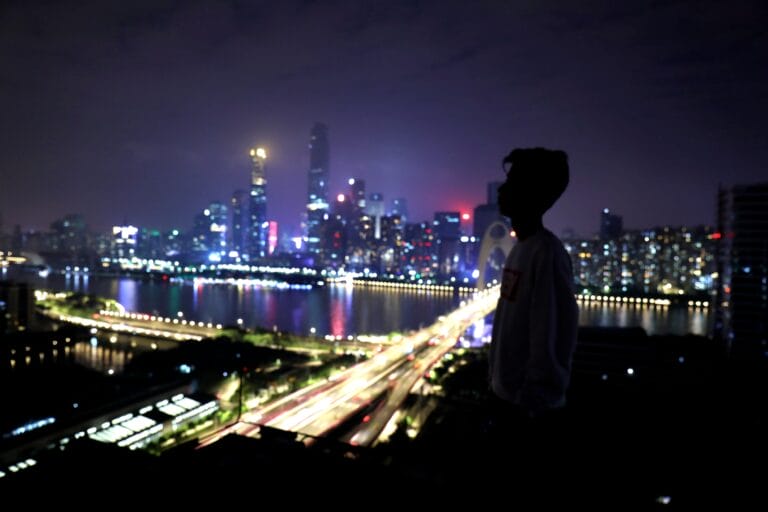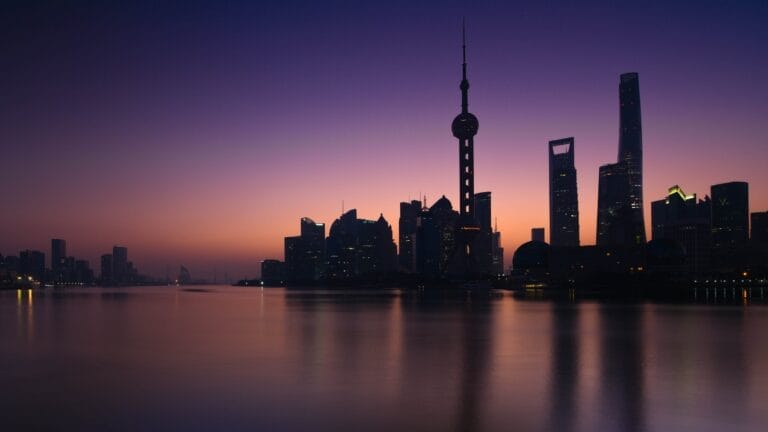Editor’s note: Fuzhou is a relatively small city (8 million!) that is the capital of Fujian Province. It has a long gospel history, and was one of the first places where Christianity was established in China following the Opium War in the mid-1800s. Fuzhou was Watchman Nee’s hometown, and is still a base for his Assembly Hall movement.
China Partnership: What is special about Fuzhou’s evangelical history?
Watchman Nee and the Assembly Hall Movement
Shi Heping: From what I understand, most of the missionaries in Fuzhou had a Methodist background. The Methodist denomination has had a very large influence on the city; most of the ideology and the denominational traditions are Methodist. By contrast, Xiamen has some Presbyterian churches. Overall, the gospel soil and clarity of truth in Fuzhou are still insufficient.
Most people in Fuzhou are still influenced by the Assembly Hall movement theology. All evangelical churches are influenced by this movement.
People like Watchman Nee and John Sung were greatly used by the Lord. We can even say that the Assembly Hall[1] movement’s “home base” is in Fuzhou, which was Watchman Nee’s hometown. There are at least tens of thousands of “Little Flock” followers in this city. Fuzhou also has yearly “pilgrimage of faith” tours, where people can specifically visit the places where Watchman Nee and the many laborers he raised up used to hold their meetings.
Most people in Fuzhou are still influenced by the Assembly Hall movement theology. All evangelical churches are influenced by this movement – most Fuzhou churches that do not have clear denominational stances are very similar to the Assembly Hall movement.
A Long Gospel History
Gao Yile: The gospel came to Fuzhou relatively early. After the Opium War in 1840, Fuzhou was one of the five treaty ports. Because of that, missionaries arrived here quite early. Once, I read that at a time when there were only about 10,000 Christians in all of China, Fuzhou had 2,000 of them, and Xiamen [a nearby city, also in Fujian Province] had another 2,000. At that time, believers in Fuzhou and Xiamen accounted for about half of all Chinese Christians. Because of this history, there are actually a large number of Christians in Fuzhou.
Some churches here have a long history. Years ago I used to do student ministry, and would visit local dorm rooms. Once, I found a student who said he was a Christian. When I asked if it was his father or his mother who was a believer, he then told me he was a seventh-generation Christian! That is very rare – in north China, where I am from, I had never heard of this. His first believing ancestor would have lived in the 1800s.
Secular Government Churches; Weak House Churches
Preacher Yu: I used to be in a Three-Self churches, and one of the churches I was involved with was probably the largest government church in China at the time. People called it the “Ten-Thousand-Person Church.” Later, as government control tightened, the numbers dropped sharply. By that time, I had already left the government church many years before. Although the number of people in the Three-Self churches has decreased, there are still many people in those churches.
When there were only about 10,000 Christians in all of China, Fuzhou had 2,000 of them, and Xiamen had another 2,000. At that time, believers in Fuzhou and Xiamen accounted for about half of all Chinese Christians.
Overall, though, most people lack assurance of salvation. The pulpits are filled with the prosperity gospel, the idea that believing in Jesus will bring earthly blessings. When people share testimonies, it is about the blessings God gave them after believing in Jesus. Prayer meetings are all focused on the things of this life. The Three-Self churches are secularized and corrupt.
Children’s Sunday schools are not allowed to operate now, so there are no Sunday schools in the Three-Self churches any more. In more extreme cases, corrupt government churches even fly the national flag and sing the national anthem inside the church! There are a few individual pastors who are better – but over, the corruption in these government churches is very severe.
Never miss a story
House churches, on the other hand, are theologically weaker. Their governance is very weak – many of these house churches don’t have any governance! The biggest problem is that the sheep don’t know the shepherd, and the shepherd doesn’t know the sheep. The flock does not understand that they are being shepherded, and many of the pastors don’t see themselves as pastors – they just think of themselves as laborers who happen to preach.
Although some people have been working on this, there is not much unity among house churches. Generally, everyone does their own thing. Churches are independent, and not very willing to work and partner together. Even among churches that do partner together, very few have a shared vision.
A lot of people in the church feel we have to do what our predecessors did: if the older generation didn’t have elders, we shouldn’t do it either, or it might make us prideful.
Denominational prejudices are very strong. For instance, people who are from an Assembly Hall or a Reformed tradition usually wouldn’t interact with other groups. Instead, they look down on these other churches.
Personally, I think these issues are because those who came before us felt we shouldn’t focus too much on structure. They had weak understanding and theological training. Because of thisc a lot of people in the church feel we have to do what our predecessors did: if the older generation didn’t have elders, we shouldn’t do it either, or it might make us prideful.
I also think the pulpit has been heavily influenced by the Assembly Hall movement, and because of this, many brothers and sisters who are not called still get up to preach. This makes the quality of preaching very inconsistent. Very few can preach with clarity, and relatively few believers are truly fed, nourished, and discipled.
Overall, I think the gospel itself is still rather weak in Fuzhou. Mostly, it’s storytelling. This is popular and people like to listen to it, but my personal opinion is that the content of the gospel has been diluted and watered down.
[1] The Assembly Hall, or “Little Flock” movement was founded by Watchmen Nee in Fuzhou, which was his hometown. This indigenous Chinese Christian movement emphasized the priesthood of all believers, and was broadly opposed to denominationalism. Its theology has had a widespread influence on Chinese house churches.
Shi Heping, Gao Yile, and Preacher Yu are pseudonyms for house church pastors in Fuzhou.
Pray for Fuzhou believers to be unified in the gospel they believe and proclaim.































